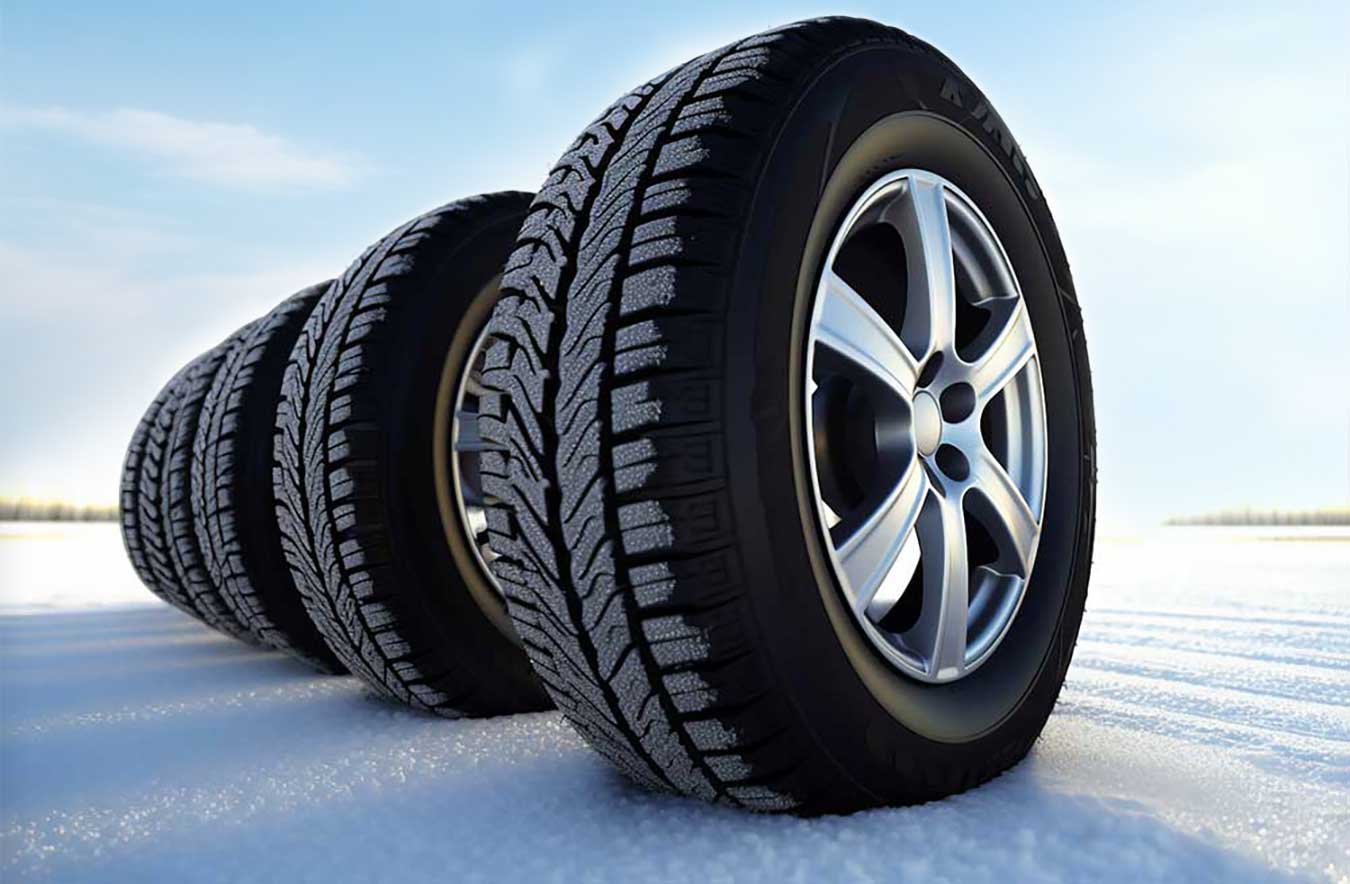Understanding the code on your tire’s sidewall is the first step. Now, let’s delve deeper into how these specifications affect your drive and what other factors you should consider for optimal performance and safety.
The Impact of Tire Specifications on Driving Experience
The numbers we decoded—width, aspect ratio, and speed rating—directly shape how your car behaves on the road. A tire with a low aspect ratio (e.g., 45 or 50 series) has stiffer sidewalls. This translates to sharper cornering, better handling stability, and more immediate steering response, which is why they are common on sports cars. However, the trade-off is a firmer ride quality, as the tire absorbs less road vibration.
Conversely, a tire with a high aspect ratio (e.g., 65 or 70 series) provides a much more comfortable and cushioned ride, better absorbing bumps and imperfections. They are more robust against pothole damage but offer less precise handling. The tire width also plays a role; wider tires provide a larger contact patch for improved grip during acceleration and braking, but can be more susceptible to aquaplaning and may increase fuel consumption.
Choosing the Right Tire for Your Needs
Beyond size, the tread pattern and rubber compound are critical. Consider your primary driving conditions:
· All-Season Tires: The common choice for most drivers, designed to perform adequately in dry, wet, and light winter conditions.
· Summer Tires: Optimized for superior wet and dry road grip in warmer temperatures. They are not suitable for freezing conditions.
· Winter Tires: Feature special tread patterns and softer rubber compounds that remain flexible in cold temperatures for crucial traction on snow and ice. Look for the Three-Peak Mountain Snowflake (3PMSF) symbol.
Essential Tire Maintenance Tips
Proper maintenance is key to safety and longevity. Regularly check your tire pressure at least once a month when tires are cold. Under-inflation causes uneven wear, reduces fuel efficiency, and can lead to overheating. Over-inflation reduces grip and causes a harsher ride. Also, have your tire alignment checked periodically. Misaligned wheels cause rapid and uneven tire wear, forcing you to replace them prematurely.
By understanding the specifications, choosing the right type for your needs, and performing regular maintenance, you ensure that your tires perform at their best, keeping you safe and saving you money in the long run.





